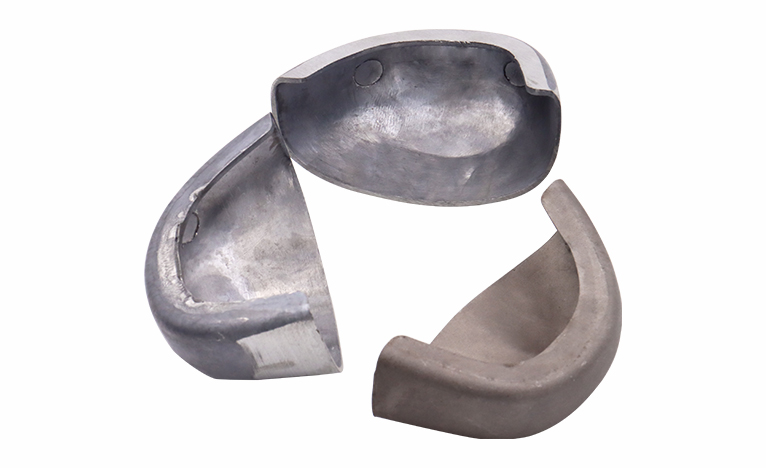Time to read: 6 min

Aluminum die casting is a sophisticated manufacturing process that offers high precision and complex geometry capabilities. This guide provides a thorough understanding of the design principles for aluminum die casting, focusing on design for manufacturing (DFM) strategies, and tips for creating high-quality aluminum casting parts.
The Art of Aluminum Die Casting Design
Aluminum die casting is a process where molten aluminum is injected under high pressure into a mold cavity, creating parts with intricate details and complex geometries. The design phase is crucial for optimizing production efficiency and part performance.
Understanding Aluminum Die Casting
Aluminum is the preferred material for die casting due to its ease of castability, lightweight properties, and versatility in finishing options, such as electroplating, anodizing, chrome plating, and powder coating.
The Role of Design for Manufacturing (DFM) in Aluminum Die Casting
DFM in aluminum die casting is essential for production optimization, ensuring that the design is both feasible and cost-effective. A DFM analysis can detect potential production issues early, reducing costs and time.
Aluminum Die Casting Design Guide: 12 Key Tips
To produce better aluminum casting parts, consider the following design tips that align with DFM best practices:
-
Choosing Suitable Aluminum Alloys: Select the right alloy based on the desired properties such as strength, corrosion resistance, and conductivity.
-
Wall Thickness: Maintain uniform wall thickness to ensure better metal flow and solidification.
-
Parting Line: Avoid placing product features along the parting line to prevent increased casting and tooling costs.
-
Draft Angles: Incorporate draft angles to facilitate easy ejection of the part after die-casting.
-
Ejector Pins: Place ejector pins on sturdy design features to ensure even ejection and avoid cosmetic defects.
-
Fillets and Radii: Use fillets and radii for smoother metal flow and structural integrity.
-
Undercuts: Minimize external undercuts to reduce tooling costs and complexity.
-
Bosses: Design bosses with sufficient drafts and large fillets for proper metal flow.
-
Ribs: Use ribs to increase stiffness without increasing thickness, avoiding stress concentration.
-
Holes and Windows: Design holes and windows with care, considering draft and the impact on ejection.
-
Shrinkage: Factor in shrinkage, using metal-saving cores and thinner sections.
-
Assembly Options: Select the appropriate assembly technique for your die-cast parts.
Transforming Design into Finished Aluminum Die Castings
Partnering with a skilled manufacturer like Unofactory is crucial for turning your design into high-quality aluminum die-castings. Our expertise in aluminum die-casting services, combined with free DFM analysis, ensures your design is optimized for manufacturing excellence.
Conclusion
The design phase is paramount in the aluminum die casting process. By following this guide's principles and partnering with a reputable manufacturer, you can produce superior aluminum parts that meet industry standards. Unofactory offers a free quotation and DFM analysis to support your project's success.




